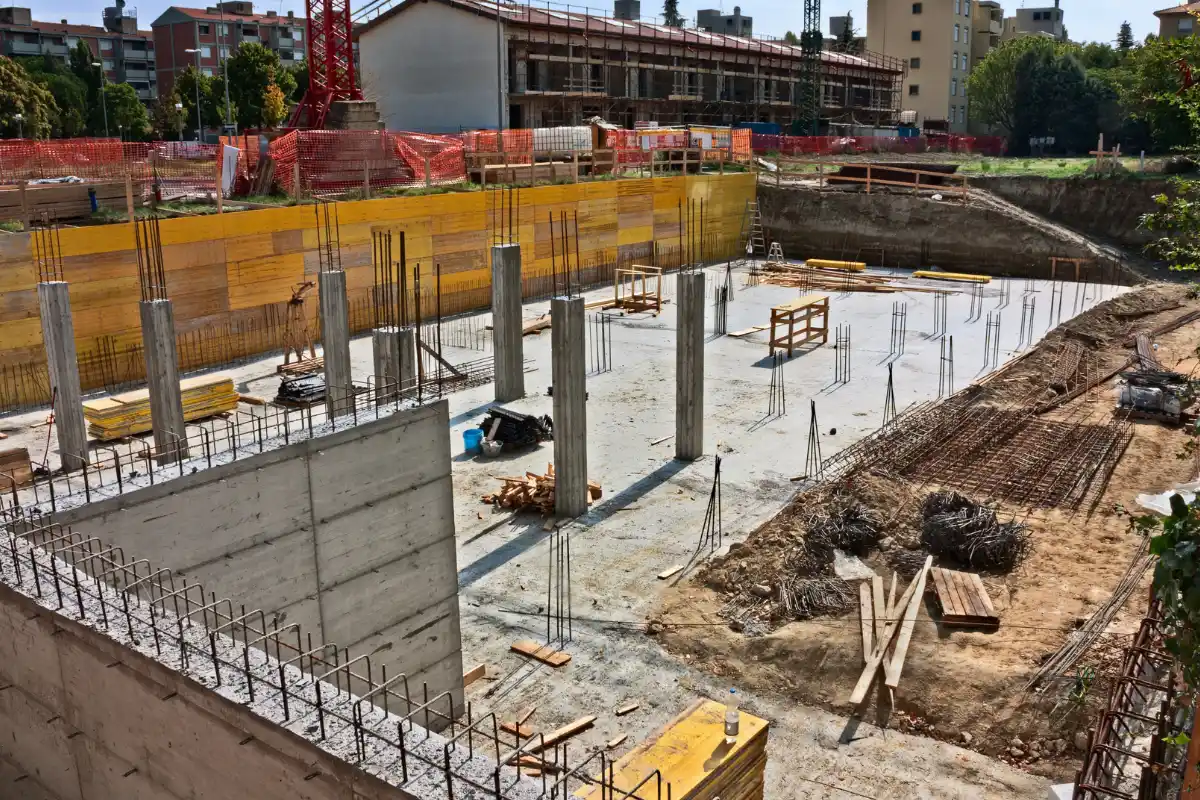As a property manager, you are responsible for the condition of the buildings and homes that you manage. This includes ensuring that the foundation is stable. Foundation stabilization is the process of reinforcing the foundation to make it stronger and less likely to settle or move in the future. There are several different types of foundation stabilization, each with its benefits and drawbacks. In this post, we’ll talk about the most common types of foundation stabilization so that you can make an informed decision about which one is best for your needs.
Piering
Piering is a type of foundation stabilization that involves driving steel or concrete piers into the ground next to the foundation. The piers are then attached to the foundation with brackets or cables, providing additional support. Piering is most effective when used to stabilize foundations that have already begun to settle or crack. It can also be used as a preventive measure in areas where the soil is unstable. Piering is a relatively invasive procedure, but it can be done without causing damage to your home or business thanks to modern technologies like hydraulic jacks.
Bracing
Bracing involves attaching steel beams or plates to the inside or outside of your foundation walls to provide additional support. Bracing can be used on both new construction and existing buildings. Bracing can help prevent settling before it even happens when used on new construction. When used on existing buildings, bracing can help stabilize foundations that have already begun to settle or crack. Bracing is a less invasive option than piering, but it can be more difficult to retrofit an existing building with braces than it is to add piers.
Grouting
Grouting involves injecting a concrete mixture into voids beneath your foundation to fill them in and provide additional support. Grouting can be used on both new construction and existing buildings. When used on new construction, grouting helps prevent settling before it even happens by creating a more dense footing beneath your foundation. When used on existing buildings, grouting can help stabilize foundations that have already begun to settle by filling in any voids that may have formed beneath the foundation due to settling. Grouting is a less invasive option than piering, but it can be difficult to retrofit an existing building with grout if there are large voids beneath the foundation.
There are several different types of foundation stabilization, each with its benefits and drawbacks. In this blog post, we have discussed the most common types of foundation stabilization so that you can make an informed decision about which one is best for your needs. If you have any further questions, please do not hesitate to contact us.



